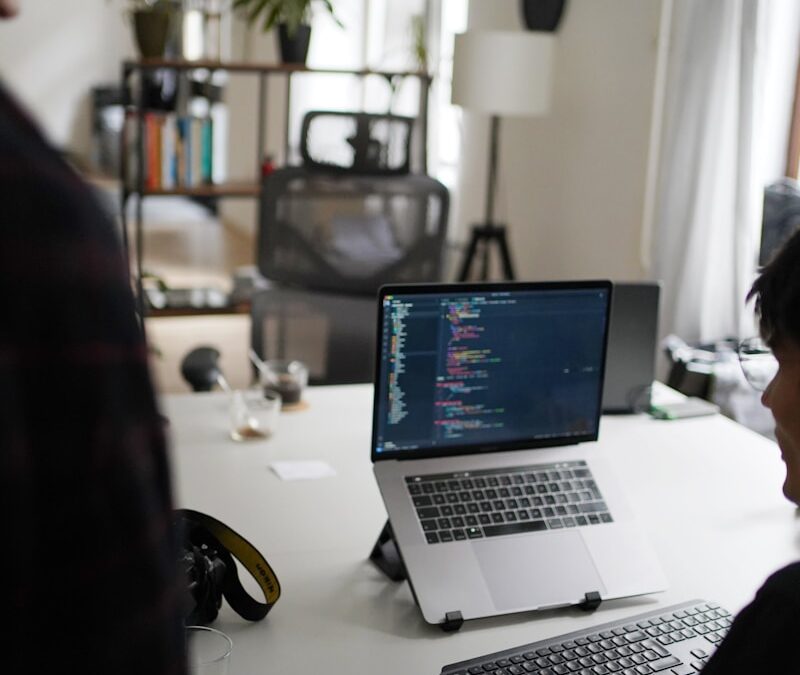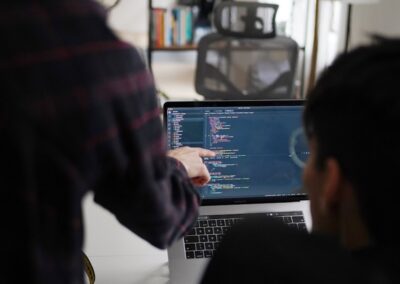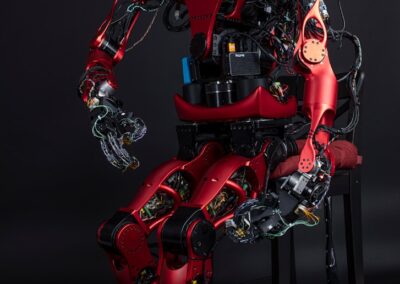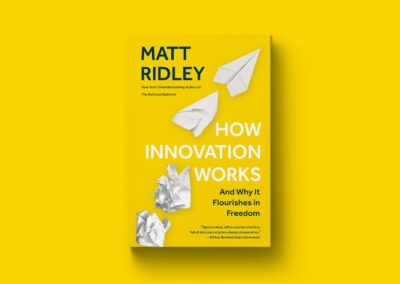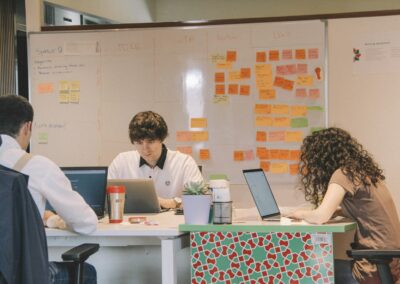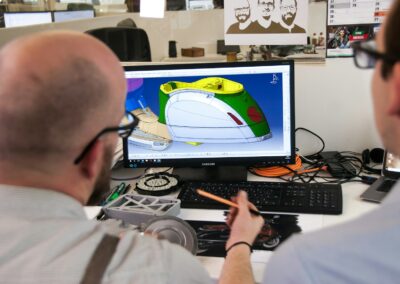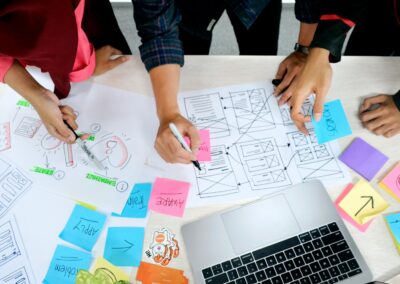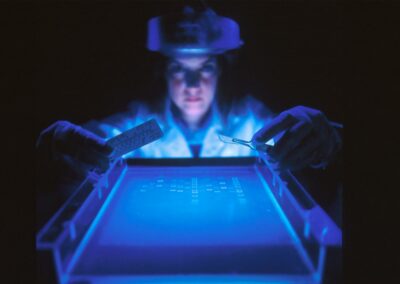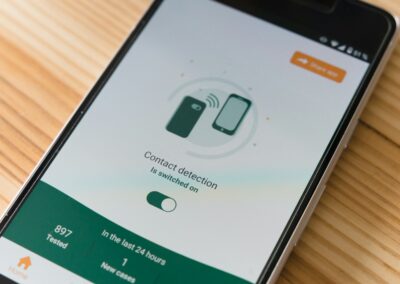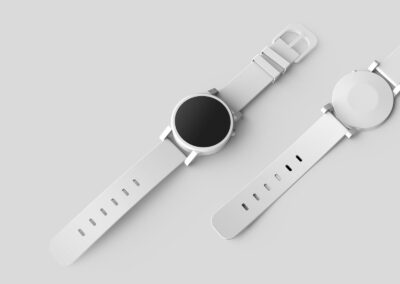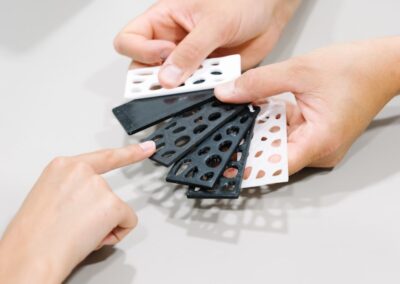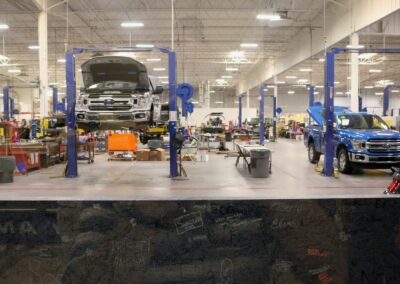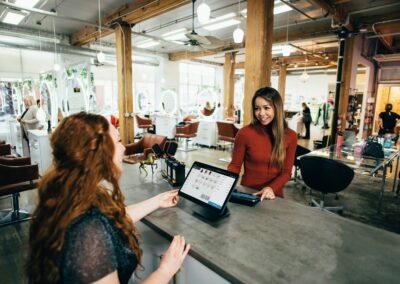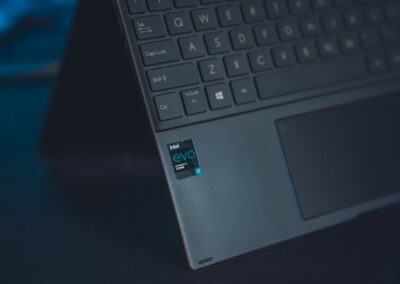Leveraging VR and AR in Saudi Arabia and UAE to Drive Product Development
Transforming Design and Prototyping with VR and AR
Virtual Reality (VR) and Augmented Reality (AR) are dramatically changing the landscape of product development and prototyping. VR enables designers to create fully immersive 3D environments where they can visualize and interact with product designs in real-time. This capability allows for immediate feedback and adjustments, significantly reducing the time and cost associated with traditional prototyping methods. In cities like Riyadh and Dubai, where rapid innovation is critical, VR technology helps businesses stay agile and responsive to market needs.
AR, on the other hand, overlays digital information onto the physical world, enabling designers to see how new products will look and function in real-world settings. This is particularly useful for industries such as architecture, automotive, and consumer electronics. For instance, architects in Dubai can use AR to visualize a building’s design on its actual site, allowing for better planning and decision-making. By integrating AR into the design process, companies can enhance their creativity and precision, ensuring that the final product meets high standards of quality and functionality.
Furthermore, VR and AR facilitate collaboration among design teams, regardless of their physical location. Designers and engineers in different parts of the world can work together in a shared virtual space, making it easier to exchange ideas, provide feedback, and refine designs. In the multicultural and geographically diverse environments of Saudi Arabia and the UAE, this capability is invaluable for fostering innovation and efficiency in product development.
Enhancing Testing and User Experience with VR and AR
Testing and user experience (UX) evaluations are critical components of the product development process, and VR and AR offer powerful tools for enhancing these activities. VR can simulate a wide range of testing environments, allowing companies to conduct thorough evaluations of product performance under different conditions. For example, automotive manufacturers in Riyadh can use VR to simulate various driving scenarios, assessing how new vehicle models perform in terms of safety, comfort, and handling. This not only speeds up the testing process but also provides more accurate and comprehensive data.
AR enhances UX evaluations by enabling users to interact with digital prototypes in their actual environment. Consumers in Dubai, for instance, can use AR applications to see how a new piece of furniture would look in their living room or how a new car model would fit in their garage. This immersive experience provides valuable insights into how users perceive and engage with the product, allowing companies to make data-driven improvements. By integrating AR into UX evaluations, businesses can ensure that their products meet customer expectations and deliver exceptional user experiences.
Additionally, VR and AR can be used for training and support during the testing phase. Engineers and technicians can receive virtual training on new equipment or procedures, reducing the learning curve and minimizing the risk of errors. In regions like Saudi Arabia and the UAE, where technological expertise is continually advancing, VR and AR-based training programs help ensure that the workforce is well-prepared to handle the complexities of modern product development.
Strategic Implementation and Leadership in VR and AR Adoption
Successfully leveraging VR and AR in product development requires strategic implementation and strong leadership. Companies must identify the specific areas where these technologies can add the most value and invest in the necessary infrastructure and training. This involves selecting the right VR and AR platforms, developing customized applications, and ensuring that the team has the skills to use these tools effectively. In regions like Riyadh and Dubai, where innovation is a key driver of economic growth, businesses that strategically adopt VR and AR are well-positioned to lead their industries.
Change management is essential for integrating VR and AR into existing workflows. Leaders must communicate the benefits of these technologies to their teams, address any concerns, and provide ongoing support to ensure a smooth transition. Executive coaching services can help leaders develop the skills needed to manage this change, fostering a culture of innovation and continuous improvement. By guiding their teams through the adoption process, leaders can ensure that VR and AR are effectively integrated into the product development lifecycle.
Effective communication is also crucial for maximizing the impact of VR and AR initiatives. Companies must establish clear channels for feedback and collaboration, both internally and with external partners. This includes regular meetings, progress updates, and collaborative sessions to share insights and refine strategies. In the context of Saudi Arabia and the UAE, where diverse teams and complex projects are the norm, clear and consistent communication is key to the success of VR and AR adoption.
#VirtualReality #AugmentedReality #ProductDevelopment #CorporateInnovation #ChangeManagement #ExecutiveCoaching #AIinBusiness #Blockchain #Metaverse #LeadershipSkills #ProjectManagement #SaudiArabia #UAE #Riyadh #Dubai

